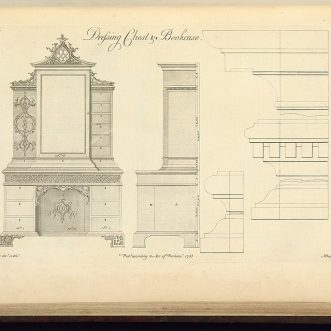
As easy as breathing
Breathing is something that comes naturally to us. That doesn’t necessarily mean we do it well.
Nature is lazy, it does enough to get by, to survive. Any more than that is over-engineering and wasteful. So as we grow up, we learn to breathe badly. Not noticeably, but badly enough to create problems for ourselves in later life. Because we assume that since it ‘comes naturally’, we must be good at it. And because we assume that, we assume that the problems are ‘natural’ too.
‘Breath‘ by James Nestor will open your eyes to just how much we’re missing out by taking breathing for granted. Fortunately, it will also open your eyes to how breathing actually works and how it can be improved, through discipline, to create astonishing possibilities.
‘Breath‘isn’t just a fascinating read, it’s a reminder that understanding how something really works, and using that understanding to improve daily practice, pays dividends.
Literally, if the something is your business.









